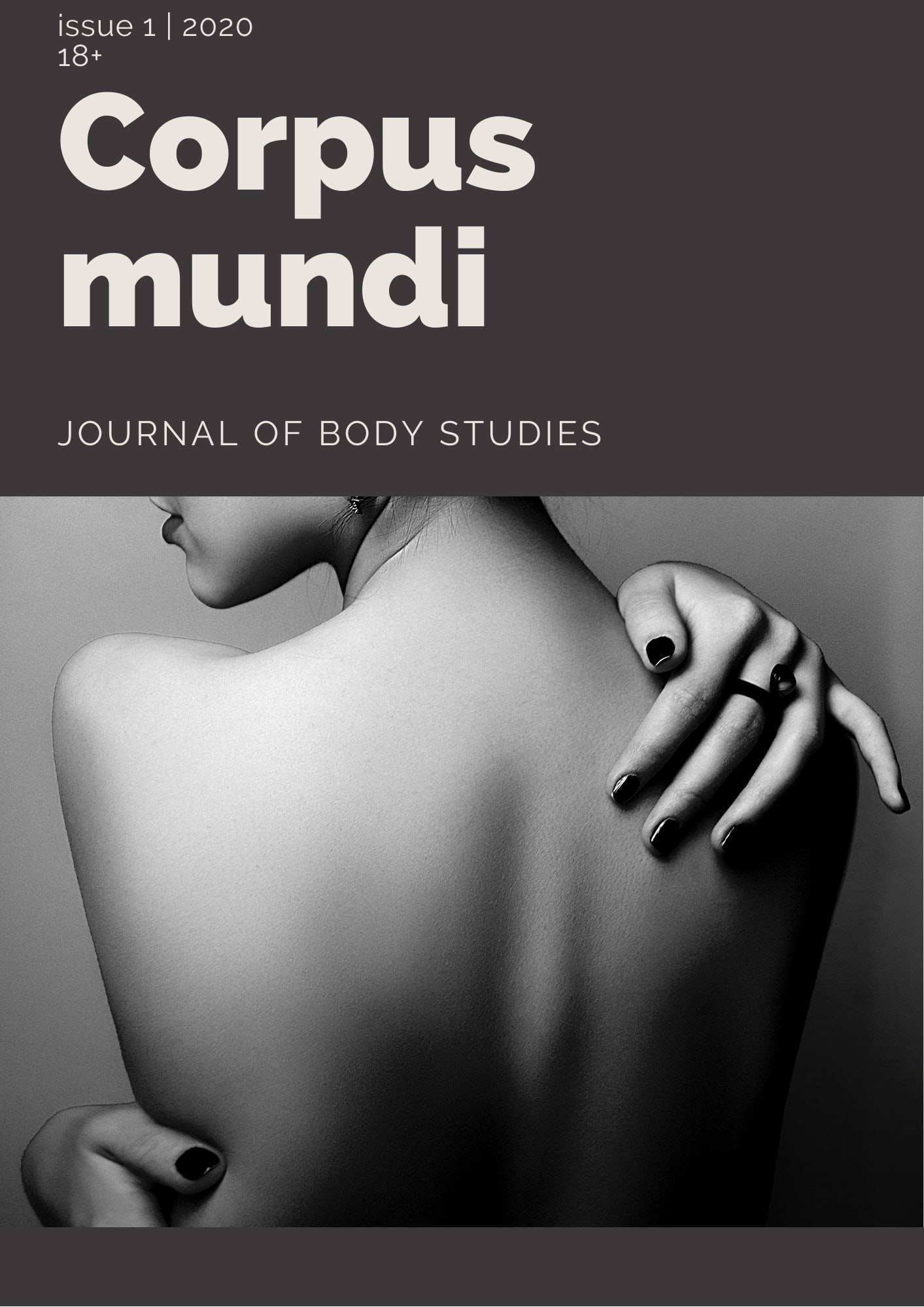Abstract
The article deals with the final part of the German epic Nibelungenlied to learn the real significance, cultural and ideological context of these episodes. The author analyzes literary and anthropological theories, as well as archaeological finds to conclude that royal deaths described in the epic reflect the ancient practice of human sacrifice.
References
Edholm, W. K. (2019). Finitude: Human and Animal Sacrifice in a Norse Setting, Response to Christina Fredengren and Camilla Lofqist. In Myth, Materiality, and Lived Religion in Merovingian and Viking Scandinavia (225-268). Stockholm: Stockholm University Press.
Badenhausen, R. (trans) (1850). Old Swedish Didriks Chronicle. In Skokloster-Codex I. Stockholm: G.O. Hyltén-Cavallius.
Campbell, I. R. (1996). Hagen’s Shield Request – Das Nibelungenlied, 37th Aventure. The Germanic Review: Literature, Culture, Theory, 71(1), 23-34.
Congail, M.(2017). Slaughter of the Innocents? Some observations on Human Sacrifice in Iron Age Europe. Retrieved https://www.academia.edu/33313713/slaughteroftheinnocents
Das Nibelungenlied. Song of the Nibelungs (2006). New Haven and London: Yale University Press.
Duerr, P. (2016). Sacrifice Among the Ancient Celts: Controversies and Conclusions. History, (4), 210.
Freeman, Ph. (1995). War, Women, and Druids: Eyewitness Reports and Early Accounts of the Ancient Celts. Austin: University of Texas Press.
Girard, R. (1977). Violence and the Sacred. Baltimore: The Johns Hopkins University Press.
Haymes, E. R. (trans). (1988). The Saga of Thidrek of Bern. NY: Garland.
Hennig, U. (1977). The Lay of Nibelungs according to the Manuscript C. Tubingen: Niemeyer.
Heusler ,A. (1920). The Sage of Nibelungs and The Lay of Nibelungs: The original story of the German heroic epic. Dortmund: Ruhfus.
Lovschal, M. & Holst, M. K. (2018). Governing Traditions: Post-Battle Rituals in Northern Europe, 200 BC – AD 200. Journal of Anthropological Archaeology, (50), 27-39.
Müller, J. D. (2007). Rules for the Endgame. Baltimore: The John Hopkins University Press.
Sarakaeva, А. А, Sarakaeva, E. А & Lebedeva, I. V. (2016). Hagen von Tronege: The Origin of the Legend. In The issue of the First International Conference "Word and Text in the modern Philology" (pp. 65-77). Nizhny Novgorod: Professional Science. (In Russian)
Sarakaeva, А. А. & Lebedeva, I. V. (2017). Homosocial relations in “The Lay of the Nibelungs”. In Language Studies, Philology and Linguistics: actual problems of theory and practice: the issue of the First International Conference. ( 31-60) Kazan: Open Knowledge. (In Russian)
Sarakaeva, А. А. & Lebedeva, I. V. (2018). The meaning of the Treausre (Horde) in medieval German epic “The Lay of the Nibelungs”. In Modern research in linguistics, literature and culture: the issue of the First International Conference (pp. 26-36). Nizhny Novgorod: Professional Science. (In Russian)
Sturluson, S. (1991). The Heimskringla, a History of the Kings of Norway. Austin: University of Texas Press.
The Poetic Edda (2004). Lapeer, MI: The Northvegr Foundation Press.
Thelen, L. (1997). Hagen’s Shields: The 37th Aventiure Revisited. Journal of English and Germanic Philology, 96(3), 385-402.

This work is licensed under a Creative Commons Attribution 4.0 International License.

